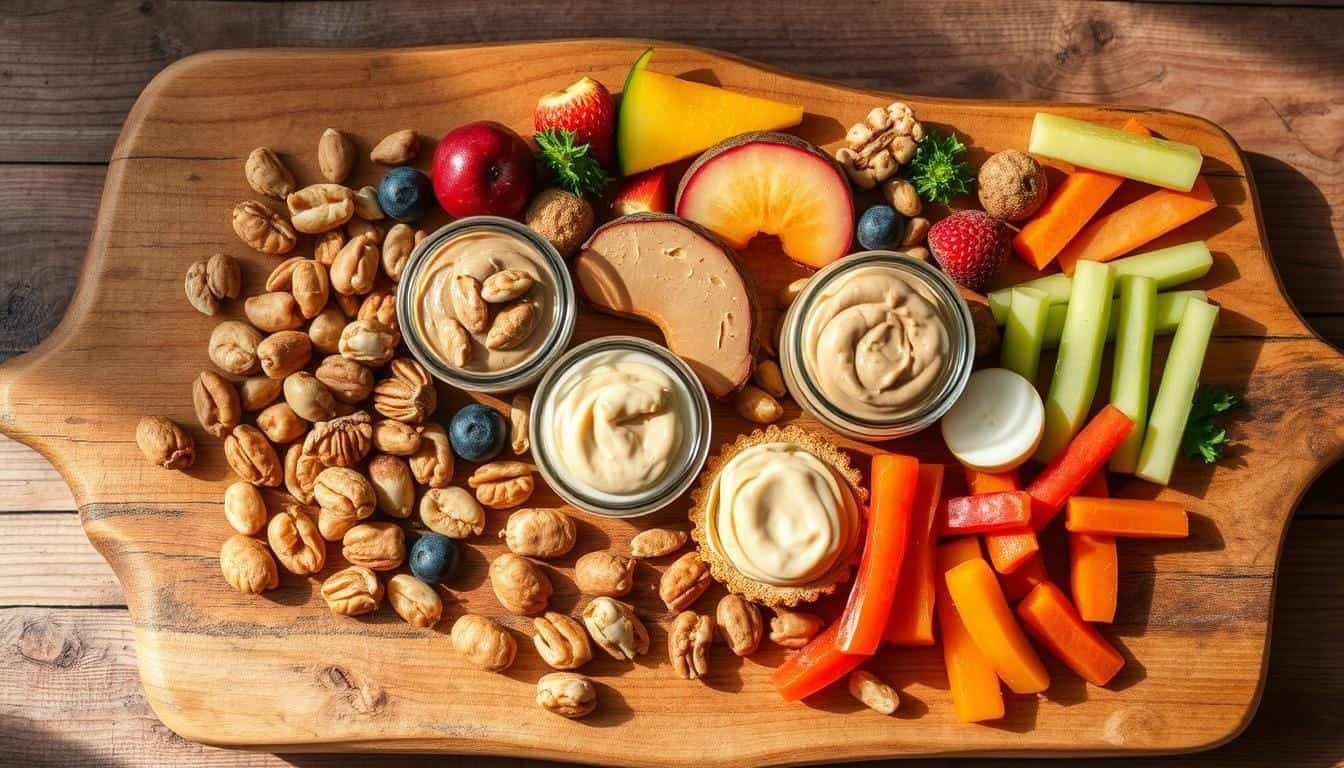Meet Sarah, a busy mom who spent years chasing quick fixes to shed stubborn pounds. After New Year’s resolutions faded, she realized fad diets left her hungry and frustrated. Then she discovered a simple truth: weight loss isn’t about deprivation—it’s about balance. Her journey began when she learned how her body turns meals into energy, storing leftovers as fat.
Every bite you eat fuels your body like gas powers a car. When you consume more than you burn, that extra “fuel” gets tucked away. To lose weight, you need to tip the scales: use more energy than you take in. This isn’t guesswork—it’s science. Your daily calorie needs depend on age, activity, and goals. Tools to calculate calorie intake make planning easier than ever. How calorie deficit works.
Think of your diet as a budget. Just like money, every morsel counts. Choosing nutrient-rich food keeps your engine running smoothly while supporting overall health. Small changes, like swapping soda for water or adding veggies to meals, add up over time.





